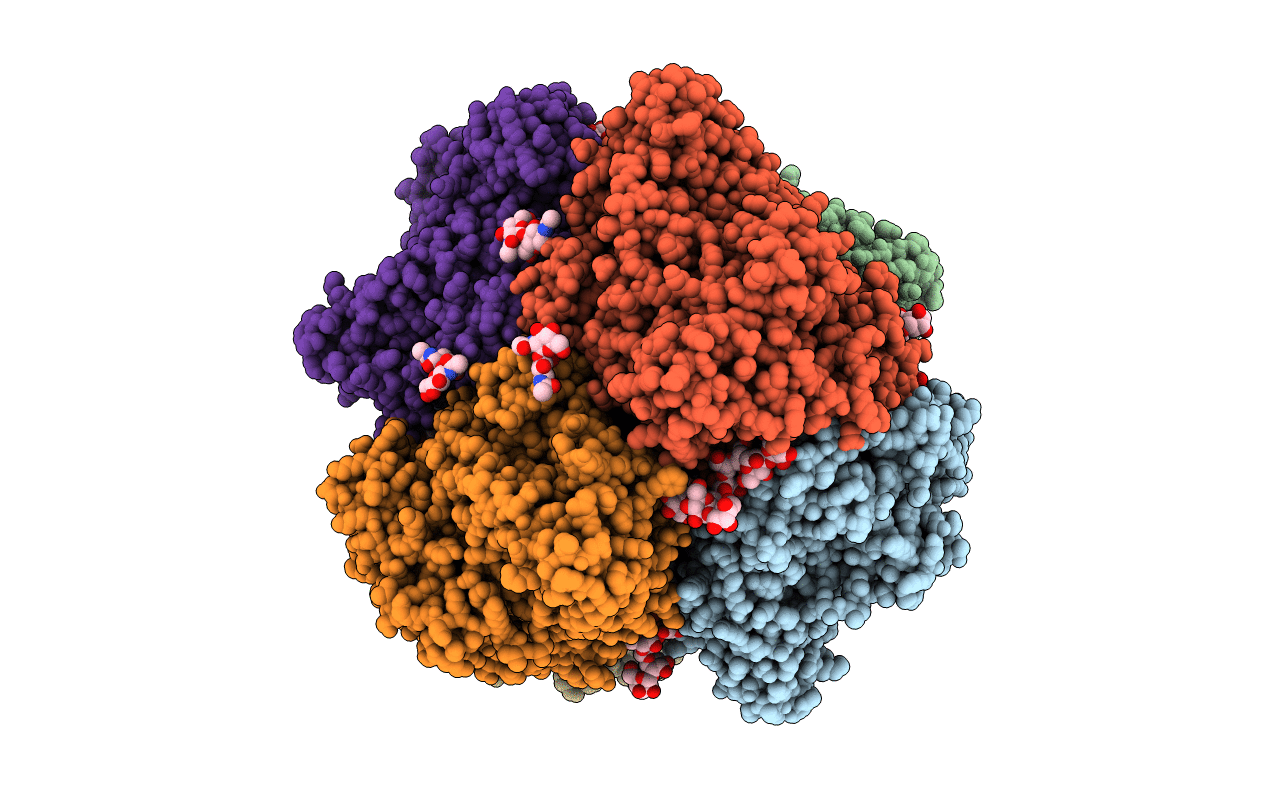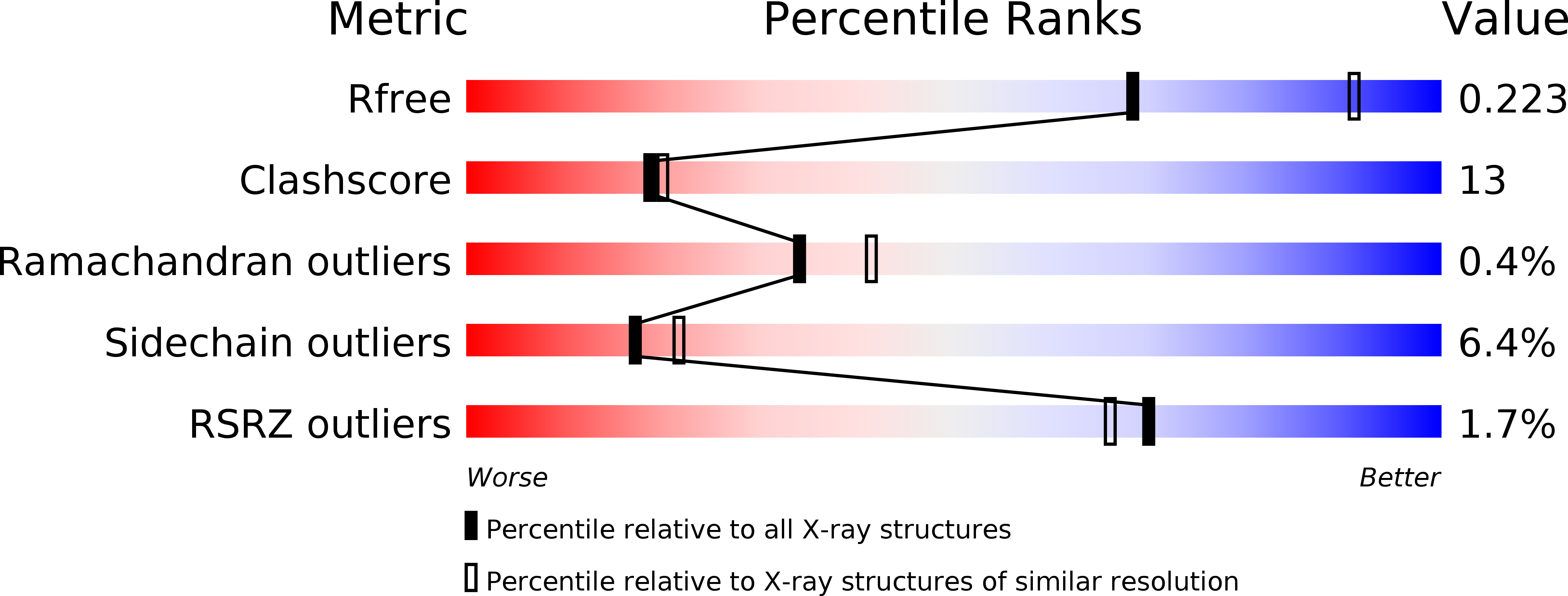
Deposition Date
2009-04-01
Release Date
2009-05-05
Last Version Date
2024-10-30
Method Details:
Experimental Method:
Resolution:
2.43 Å
R-Value Free:
0.22
R-Value Work:
0.18
R-Value Observed:
0.18
Space Group:
P 21 21 21


